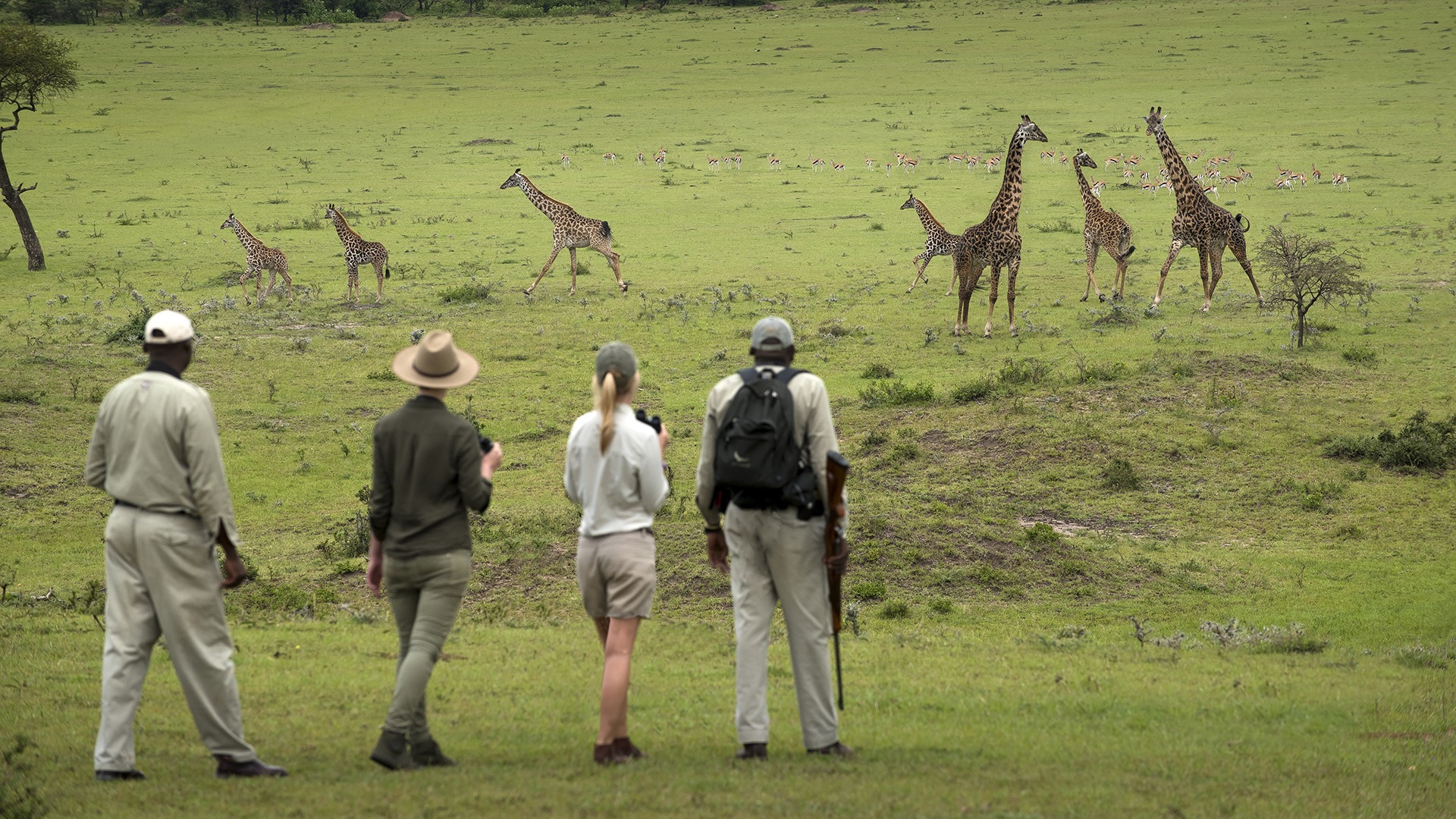Walking Safari in Tanzania: A Journey on Foot Through Untamed Wilderness
Tanzania is celebrated for its vast savannas, rich wildlife, and iconic safari experiences. While game drives in open-roofed vehicles are a popular way to view animals, a walking safari offers a more personal, immersive way to connect with the land and its inhabitants. This type of safari strips away the barrier of the vehicle, replacing it with a natural rhythm and a sense of presence that can only be achieved on foot.
The Essence of a Walking Safari
A walking safari is about more than just spotting animals. It’s an exploration of the ecosystem at ground level, where each footstep brings new discoveries. Led by experienced guides and armed rangers, guests traverse wildlife-rich areas while learning about animal behavior, plant life, bird species, and traditional tracking techniques.
Unlike vehicle-based safaris that cover large distances quickly, walking safaris focus on a smaller radius, giving travelers the chance to study the details—the prints of a lion in the dust, the intricate architecture of a termite mound, or the soft rustle of grass as an antelope slips away undetected.
Where to Go in Tanzania
Tanzania offers several prime locations for walking safaris, each with its own unique landscape and wildlife.
Serengeti National Park
Known for the annual migration of millions of wildebeest and zebras, the Serengeti is also home to designated walking zones. These areas, often in the remote eastern or southern parts of the park, allow small groups to venture into the wilderness with minimal impact on the environment. Here, travelers might spot giraffes, elephants, or even predators from a safe distance, all while treading the same paths used by wildlife.
Tarangire National Park
Tarangire is famed for its massive baobab trees and large elephant herds. Its less crowded trails offer a sense of solitude and peace. During the dry season, animals concentrate around the Tarangire River, creating ideal conditions for observing wildlife on foot.
Ruaha National Park
Far from the well-trodden tourist circuits, Ruaha is Tanzania’s largest national park and one of its best-kept secrets. Walking safaris here are raw and authentic. The terrain ranges from open plains to rocky hills, and the presence of big cats, buffalo, and elephants makes every walk an intense and rewarding experience.
Selous Game Reserve (now part of Nyerere National Park)
Selous provides a combination of walking and river safaris, offering diverse perspectives on its wildlife. On a walk here, visitors may encounter hippos wallowing in rivers or observe crocodiles from a safe riverbank vantage. The birdlife is especially rich, and the chance to walk through miombo woodland gives guests a new appreciation for Tanzania’s varied landscapes.
What to Expect
A typical day on a walking safari begins early, usually around dawn when temperatures are cooler and animals are most active. The group, often limited to six or fewer people, is led by a guide trained not only in wildlife but also in safety and environmental awareness.
Walks may last from two to four hours, depending on the group’s pace and the conditions. Breaks are taken in shaded spots, where guests can ask questions, drink water, and quietly observe their surroundings. After returning to camp, the rest of the day might include relaxed afternoons and another shorter walk in the late afternoon.
Safety is paramount. Guides carry rifles for protection, but they rely far more on their knowledge of animal behavior to avoid conflict. Guests are thoroughly briefed on how to act in different situations, and the emphasis is always on respecting the animals’ space.
Who It’s For
Walking safaris are suited for travelers with a moderate level of fitness and a deep interest in nature. This is not an adrenaline-driven experience; it is deliberate, contemplative, and educational. It’s perfect for photographers, bird watchers, and anyone seeking a more grounded understanding of Tanzania’s ecology.
It’s also ideal for second-time safari-goers who have already experienced vehicle-based game drives and want something more intimate and less conventional.
The Role of the Guides
The success of a walking safari hinges on the expertise of the guides. These professionals are not only skilled at tracking but are often encyclopedic in their knowledge of flora and fauna. Many have grown up in the areas they guide in and bring cultural insight along with biological understanding.
A good guide can interpret signs that most people would overlook: the alarm call of a bird, a fresh scat on the trail, or the subtle change in wind direction that might signal nearby wildlife.
Eco-conscious Travel
Walking safaris are among the most sustainable forms of wildlife tourism. They reduce vehicle use, minimize environmental disturbance, and promote conservation education. Many lodges that offer walking safaris are also deeply involved in local community initiatives and conservation projects, ensuring that tourism benefits both people and nature.
Tips for Travelers
-
Footwear matters. Lightweight, closed hiking shoes with good grip are essential.
-
Neutral-colored clothing is recommended to blend into the environment.
-
Bring a wide-brimmed hat, sunscreen, and a refillable water bottle.
-
A pair of binoculars can greatly enhance your experience, especially for birdwatching.
-
Respect the silence of the bush. Speaking softly helps you and others enjoy the subtle sounds of nature.
In Summary
A walking safari in Tanzania is a unique way to engage with the land in a quiet and meaningful way. It invites a deeper awareness—of footprints in the dust, the calls of distant animals, and the shifting light across acacia-dotted plains. It’s a journey into wild spaces where one walks not just across the land, but into its heart. For those looking to move beyond the windowed view of a vehicle and into the open air of true wilderness, walking safaris offer an unforgettable experience grounded in authenticity and connection.

